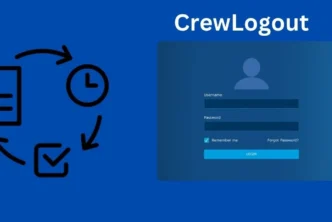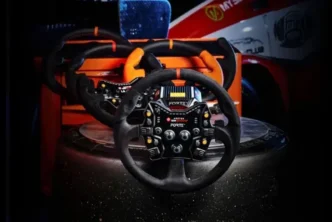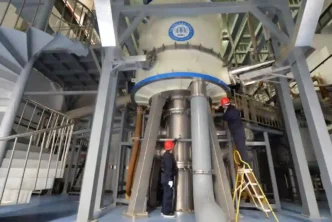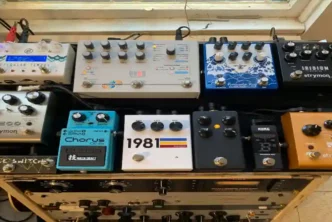Solar panels have become a popular choice for homeowners and businesses looking to harness clean and renewable energy from the sun. When it comes to installing solar panels, one of the most critical decisions you’ll make is choosing the right location. The efficiency and performance of your solar system depend heavily on where you place the panels. In this comprehensive guide, we’ll walk you through the factors to consider when selecting the optimal location for your solar panels.
1. Assess Sunlight Exposure
The amount of sunlight a location receives is the primary determinant of a solar panel’s efficiency. Solar panels need direct sunlight to generate electricity efficiently. Here are some key considerations related to sunlight exposure:
- Solar Panel Tilt and Orientation: Solar panels should ideally face south in the Northern Hemisphere and north in the Southern Hemisphere to capture the most sunlight throughout the day. The tilt angle should also be adjusted based on your latitude for optimal performance.
- Shading: Avoid installing solar panels in areas with significant shading, such as under tall trees or near buildings. Even partial shading can significantly reduce energy production. Consider trimming trees or removing obstacles that cast shadows on your panels.
- Seasonal Changes: Keep in mind that the angle of the sun changes with the seasons. Your solar panel installation should account for these changes to maximize energy production year-round.
2. Evaluate Your Roof
For most residential solar installations, the roof is the primary location for solar panels. Therefore, it’s crucial to assess the condition and suitability of your roof. Here’s what to look for:
- Roof Age and Condition: Ensure that your roof is in good condition and can support the weight of solar panels. If your roof is old or in need of repairs, it’s a good idea to address those issues before installing solar panels.
- Roof Material: Solar panels can be installed on various types of roofing materials, including asphalt shingles, metal, and tile. The type of material may affect the installation process and cost, so discuss it with your solar installer.
- Roof Angle and Direction: Determine the angle and direction of your roof. As mentioned earlier, a south-facing roof in the Northern Hemisphere is ideal for maximum sunlight exposure, but other orientations can work as well with adjustments.
3. Consider Ground-Mounted Systems
If your roof isn’t suitable for solar panels due to shading, roof condition, or other factors, you may want to consider ground-mounted solar systems. These systems are installed on the ground and can be positioned to optimize sunlight exposure. Here are some key points to consider:
- Available Space: You’ll need a sufficient amount of open space on your property to accommodate ground-mounted solar panels. Consider factors like the size of the solar array and setbacks required by local regulations.
- Tilt and Orientation: Ground-mounted systems allow for more flexibility in adjusting the tilt and orientation of the panels to maximize sunlight exposure. This can be advantageous in areas with less than ideal roof conditions.
- Cost Considerations: Ground-mounted systems may have higher upfront installation costs compared to rooftop installations due to the need for additional equipment like support structures and wiring.
4. Explore Solar Tracking Systems
Solar tracking systems are designed to follow the sun’s movement throughout the day, optimizing sunlight exposure. While they can significantly increase energy production, they come with some considerations:
- Single-Axis vs. Dual-Axis: Single-axis trackers follow the sun’s path from east to west, while dual-axis trackers also adjust for the sun’s height in the sky. Dual-axis trackers are more efficient but tend to be more expensive and complex.
- Maintenance: Solar tracking systems require more maintenance than fixed panels due to moving parts. You’ll need to ensure that the tracking mechanism functions correctly to maximize energy generation.
- Available Space: Tracking systems need more space than fixed panels because they move throughout the day. Make sure you have enough open space on your property to accommodate a tracking system.
5. Understand Local Regulations
Before installing solar panels, it’s essential to understand and comply with local regulations, zoning codes, and homeowners’ association rules. Here’s what to consider:
- Permits and Approvals: Check with your local building department to determine what permits are required for solar panel installation. Your solar installer may assist you in this process.
- HOA Restrictions: If you belong to a homeowners’ association (HOA), review their guidelines to ensure that solar panels are allowed and meet their aesthetic requirements. Some HOAs have restrictions on the placement and appearance of solar panels.
- Utility Interconnection: Coordinate with your utility company to ensure that your solar system can be connected to the grid. An interconnection agreement may be necessary, outlining how your system will interact with the grid.
6. Assess Wind and Snow Loads
Depending on your geographical location, you’ll need to consider the impact of wind and snow on your solar panels. High winds and heavy snow loads can damage or dislodge solar panels if they are not properly installed or anchored. Your solar installer should account for these factors when designing your system.
7. Calculate Your Energy Needs
Before finalizing the location and size of your solar panel system, calculate your energy needs accurately. Review your past electricity bills to determine your average monthly and annual energy consumption. This information will help you determine the capacity of the solar system required to meet your needs and whether the selected location can accommodate it.
8. Budget and Financing
Consider your budget and financing options when choosing the right location for your solar panels. Solar panel installation costs can vary based on location, system size, equipment, and any additional work required. Explore financing options such as solar loans, leases, or power purchase agreements (PPAs) if you have budget constraints.
9. Hire a Professional Solar Installer
Selecting a reputable and experienced solar installer is crucial to the success of your solar panel project. Here’s what to look for when hiring a solar installer:
- Credentials: Verify that the installer is licensed, insured, and has relevant certifications.
- Experience: Choose an installer with a track record of successful installations and positive customer reviews.
- Warranty: Inquire about warranties for both the equipment and workmanship. A strong warranty can provide peace of mind for years to come.
- References: Ask for references from past customers and contact them to inquire about their experience with the installer.
10. Monitor and Maintain Your System
Once your solar panels are installed, it’s important to monitor and maintain your system to ensure it continues to perform optimally. Some maintenance tasks include:
- Regular Cleaning: Keep your solar panels clean to remove dirt and debris that may accumulate over time. Clean panels are more efficient at capturing sunlight.
- Monitoring: Use monitoring tools provided by your installer to track the performance of your solar system. Monitoring can help you detect any issues early and maximize energy production.
- Professional Inspections: Consider scheduling periodic inspections by a professional to assess the condition of your solar panels and check for any necessary repairs or maintenance.
Conclusion
Choosing the right location for your solar panels is a critical decision that can significantly impact the efficiency and performance of your solar system. By carefully assessing sunlight exposure, evaluating your roof or considering alternative options, and understanding local regulations, you can make an informed choice that maximizes the benefits of solar energy for your home or business. With the right location and a professional solar installer, you’ll be well on your way to enjoying clean and sustainable energy from the sun.





